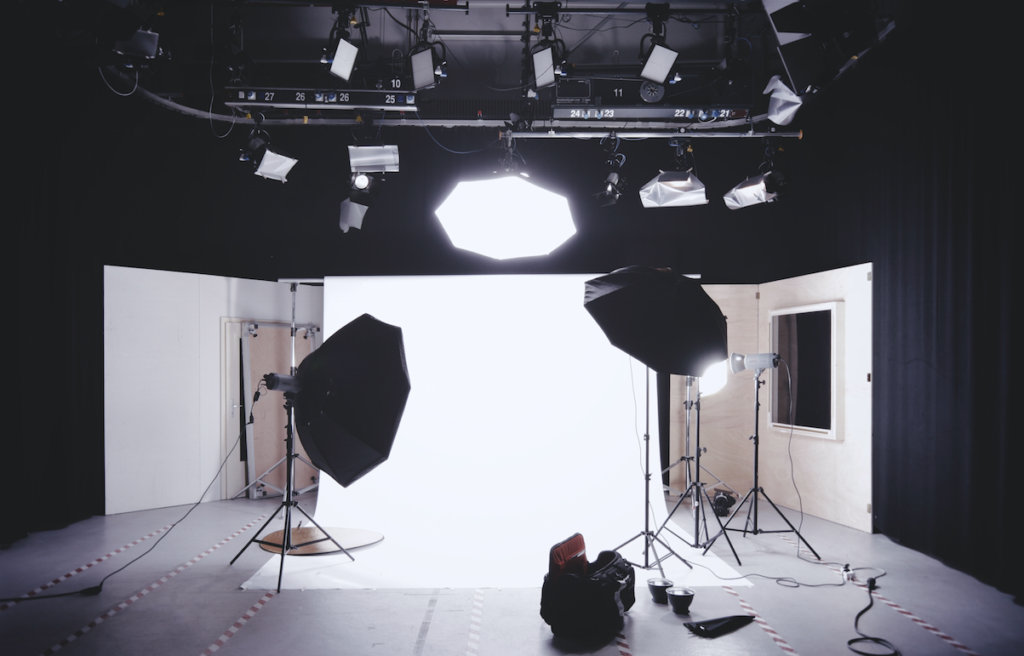Some people might view it as one of those hobbies where you simply flick a switch and the perfect photograph is taken. Those who have been involved in photography for a decent amount of time know that this isn’t the case in the slightest.
In short, photography is as complex as you want it to become. It’s something that has all of the advanced features, but at the same time has enough auto buttons to make a perfectly acceptable photo lab for the beginner as well.
Considering the extremes that don the industry, today’s task is to take a look at it in-detail and debunk some of the key myths that are arising from it. Suffice to say, there are plenty.
“You should always use a tripod”
It’s one of the more traditional accessories and in truth, even a beginner could own a tripod. However, to say that you should always use it would be a gross inaccuracy.
Sure, there are times when it is nigh-on essential. For example, if you are taking photographs in the depth of the night, this is one of your go-to pieces of kit for the simple reason that you need to cancel out as much noise as possible.
To say that you should always use one is plain wrong though. For those of you who don’t know your camera, it becomes very difficult to find your composition. As such, the best advice is to find this first, before then progressing with your tripod.
“You should always shoot in manual”
Continuing with the subject of “you should always”, this time we’re going to shoot down the myth of always staying in manual. It’s generally stated that this offers maximum flexibility, as it allows you complete control over every single aspect of your photo.
There are definitely cases of this being overused though. Modern-day cameras are very good at working out what they need, and in most situations automatic mode will suffice just nicely. It will mean that the whole process becomes quicker for you, and you can move between shots much more freely.
“You need good light to take great photos”
One of the common terms that is branded around in the photography industry is lighting. The general advice is that if a scene doesn’t have sufficient amounts of good light, you are on a hiding to nothing when it comes to taking a really good snap.
This is true to an extent, but the definition of good light really should be fine-tuned. After all, what’s good light for one scene, might be utterly terrible for another. Some scenes might require harsh light, while others might need soft.
The message means that you shouldn’t stringently look for the classical “good light” before deciding to take your photos. Instead, define what your photo is, and then go from there. Even though the scene might not be generally lit perfectly, it might be perfect for what you are about to shoot.


 What is a Day Room Hotel?
What is a Day Room Hotel?